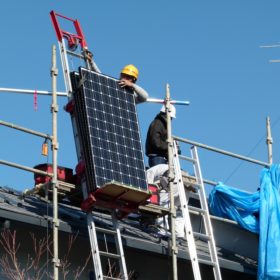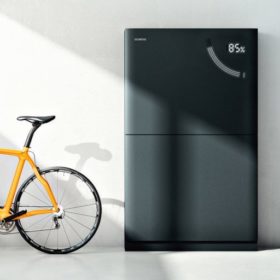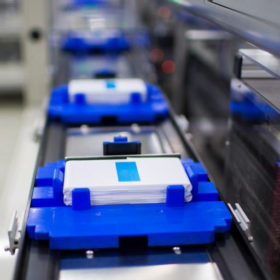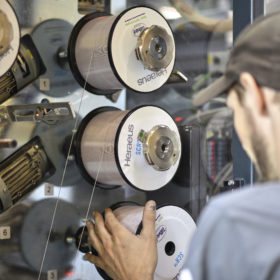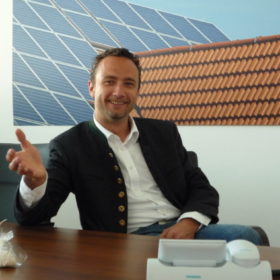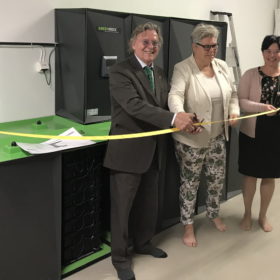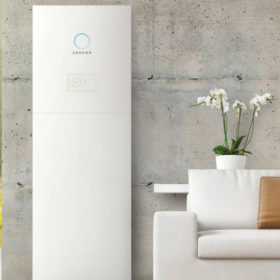Austria mulls mandatory PV as new rebates for solar and storage launched
With the region of Styria considering making PV mandatory on all new buildings, the nation’s Climate Fund will support PV and storage projects in agriculture and forestry. Applications can be submitted by November 2020 – or until the pot is empty.
Siemens makes its play in residential storage business
The Junelight Smart Battery lithium-ion product has been designed for homeowners and has a storage capacity of up to 19.8 kWh.
Europe moves further towards large-scale battery cell production
More than a dozen European ministers of economic affairs have released a statement setting out the next steps to turn Europe into an industrial hub for large-scale cell production. The role of SMEs and competition was highlighted as ministers said European cells should provide innovation in terms of raw material use and sustainability, hinting at a pivot away from lithium-ion.
The weekend read: Coating puts busbars back in the game
In late September, Heraeus launched its Selectively Coated Ribbons (SCR) technology. The product will be rolled out in partnership with ribbon supplier Ulbrich. Delivering a 1.9 W power output boost without any equipment investment and with few process changes, Heraeus’ Toralf Eggert and Ulbrich’s Peter Berghofer claim SCR will make conventional busbars competitive with unwieldy multi-busbars.
Austria: Energetica aims for gigawatt module production capacity by Q3 2019
In a bombshell announcement at the start of the week, the PV company said it would construct a gigawatt solar module fab in Austria. Now, Rene Battistutti, CEO at Energetica Group tells pv magazine why he believes the company’s modules are competitive with Asian products.
Swedish school installs saltwater battery, highlights environmental benefits
Saltwater batteries can be fully recycled receiving a “cradle to cradle” certificate, and don’t contain lead or lithium. For some, this prevails over the disadvantages of saltwater batteries being considerably bigger and heavier, as well as having a lower discharging current than lithium-ion batteries.
Energetica to establish gigawatt module fab in Austria
Production of high-efficiency solar PV modules in the Austrian region of Carinthia should commence as early as December 2018. Using a fully automated production line, Energetica Industries says it is well equipped for competition with Asian manufacturers.
Sonnen hits almost €10 million in PV storage sales in June
The German PV home storage provider delivered around 1,500 solar batteries globally last month. At around 75%, most systems went to Germany, Austria and Switzerland.
The weekend read: Signs of life
European markets: Growth in solar installations returned to European shores in 2017, with some of the usual suspects posting big numbers, and several new players awakening to the possibilities of PV. Here, pv magazine provides an overview of the latest movements on the continent.
Austria plans to launch 100,000 solar roof program
The Austrian solar sector has welcomed the new draft plan for an integrated climate and energy strategy and, in particular, the planned “100,000 roofs program”. Greenpeace, however, believes a reorientation of climate policy is urgently needed and that the presented measures are inadequate to reach the Paris climate targets.
